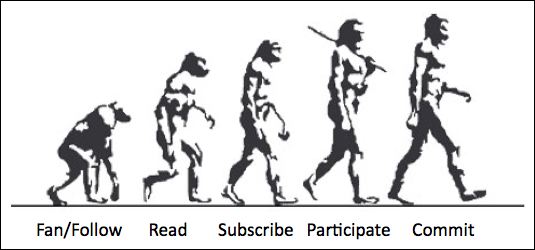As part of the ongoing Mashable Awards, we’re taking a closer look at each of the nomination categories. This is “Best Website User Experience.†Be sure to nominate your favorites and join us for the Gala in Las Vegas! When it comes to user experience, designers and developers must do much more than present their users with a “pretty face†web page.
When it comes to user experience, designers and developers must do much more than present their users with a “pretty face†web page.
The user experience (UX) of a site or app involves much more than looks; the UX is something that lingers on after the user has left your site. It lies in ease of use, perceived value, whether desired goals were achieved and so much more. The user interface (UI) is only part of that larger experience, but it can contribute much to a user’s impression of the app.
In writing about the best web designs of 2010, form and function each played a large role in determining our choices. But when we think about user experience, function takes absolute precedence.
What sites and apps were the most interesting, the most useful, the most innovative of the past year? In this post, we examine five groundbreaking new UX/UIs from 2010 and discuss how each one expands our expectations of the user experience.
One of the earlier launches this year, Quora was a buzz-heavy private beta service in 2009. As a product of some of the best design minds at Facebook, the site was almost guaranteed to have an excellent UX from the start.
We love Quora’s elegant interactions. It looks simple; it prompts instant and easy engagement; and it takes the hide-and-seek elements of a Q&A site away, leaving the user with a trove of relevant information at his or her fingertips.
We’re not the only ones who love Quora’s design. For a bit of meta navel-gazing, read this Quora Q&A on why people like Quora’s design.
Initially, another thing that made Quora’s UX so excellent was the quality of its membership. Have a question about Facebook? A Facebooker would likely answer it. Questions about venture capital? Here are some actual investors to talk to you. Marketing? Ad execs were on the site, too.
One thing we loved about Hipmunk from the start is that it took a traditionally bad user experience — airline flight search — and made it into a good one.
This startup reimagined the most important element of online flight search: how results are displayed. It took a convoluted, multi-entry/multi-exit process and made it simple to behold and linear to walk through, creating a user experience that is far from the stress-inducing nightmare flight search once was.
The company has also hinted it will be turning its eyes toward other types of travel services soon, possibly hotel search. We can’t wait.
To get the big picture, check out the video above, and the excellent interview blogger Robert Scoble conducted with Hipmunk co-founder Steve Huffman.
Seesmic launched a new iteration of its popular desktop app just a couple months ago. Dubbed Seesmic Desktop 2, the application also included an entire marketplace of plugins, making SD2 an all-in-one social media access point — a great set of features for run-of-the-mill social media narcissists, as well as businesses that need more control and monitoring tools for their web efforts.
Seesmic’s Silverlight-built, Mac- and Windows-compatible product also came wrapped in a gorgeous and functional UI with elegant and subtle details, making it a joy to behold as well as a pleasure to use.
During some turbulent times for third-party applications, Seesmic founder Loic LeMeur proved his very salient point: If you make a great product, build in great functionality, and give users a great experience, you can still build a business on someone else’s platform.
Flipboard launched this year as one of the first iPad apps that sought to reimagine social media for a new form factor.
The tablet gave designers and developers a chance to think about lean-back, glossy, high-end design experiences. Of course, magazines had a heyday; their content is already almost a perfect fit for the iPad. But when you think about social media content — those messy, spaghetti-like, intertwining and overlapping feeds of drama, irrelevance and the occasional gem — you begin to see what a challenge the makers of Flipboard had on their hands. Could social media be both beautiful and functional on a tablet?
Flipboard integrates personalized Twitter and Facebook feeds to build a social magazine for each user. In an initial review we called it “gorgeous and a pleasure to use,†and the app has continued to rack up the platitudes from social media junkies around the web. Its core value proposition is more than just its beautiful, mag-like design; it makes the experience of reading social feeds simpler, faster and better.
Without a doubt, 2010 has been the first big year for Internet-connected living room devices. We’ve seen cool things in the past from PlayStation, Xbox and Boxee; however, 2010 brought something new: affordability and ease of entry.
Roku’s set-top boxes start at just $60; already priced to win. Each model also comes with built-in WiFi and they are easy to install — they practically set themselves up. They connect to some of the most popular Internet content providers, including Netflix, MLB.tv and now Hulu, as well.
The Roku UI is simple, clean, bright and intuitive; it reminds us of the more user-friendly gaming interfaces, like that of Nintendo’s Wii. It’s a design language that says, “I’m not technical; I’m fun.†Very quickly, the design itself fades into the background and the content becomes all the user notices.
In a word, Roku’s UX is amazing because it makes something that was supposed to be complicated and scary (bringing Internet content to the living room) inexpensive, easy and a pleasure to use.
What Are Your Picks?
Those are five of our favorite user experiences from 2010; we’d love to know what impressed you this year. In the comments, tell us about the apps, devices and websites that you’ve loved using throughout 2010 or nominate them for a Mashable Award.
The Mashable Awards Gala at Cirque du Soleil Zumanity (Vegas)

In partnership with Cirque du Soleil, The Mashable Awards Gala event will bring together the winners and nominees, the Mashable community, partners, media, the marketing community, consumer electronics and technology brands and attendees from the 2011 International CES Convention to Las Vegas on Thursday, January 6, 2011. Together, we will celebrate the winners and the community of the Mashable Awards at the Cirque du Soleil Zumanity stage in the beautiful New York New York Hotel. The event will include acts and performances from our partner Cirque du Soleil Zumanity. In addition, there will be special guest presenters and appearances.
Date: Thursday, January 6th, 2011 (during International CES Convention week)
Time: 7:00 – 10:00 pm PT
Location: Cirque du Soleil Zumanity, New York New York Hotel, Las Vegas
Agenda: Networking, Open Bars, Acts, Surprises and the Mashable Awards Gala presentations
Socialize: Facebook, Foursquare, Meetup, Plancast, Twitter (Hashtag: #MashableAwards)
Sponsorships are available. Please contact [email protected] for more information.
![Register for Mashable Awards Gala at Cirque du Soleil Zumanity stage (Las Vegas - 2011 International CES convention) [Ticketed Event] in Las Vegas, NV on Eventbrite](http://www.eventbrite.com/registerbutton?eid=829600357)
Thanks to our sponsors:
Mashable Awards Gala Partner:
 From a group of 20 street performers at its beginnings in 1984, Cirque du Soleil is now a global entertainment organization providing high-quality artistic entertainment. The company has over 5,000 employees, including more than 1,200 artists from close to 50 different countries.
From a group of 20 street performers at its beginnings in 1984, Cirque du Soleil is now a global entertainment organization providing high-quality artistic entertainment. The company has over 5,000 employees, including more than 1,200 artists from close to 50 different countries.
Cirque du Soleil has brought wonder and delight to nearly 100 million spectators in 300 cities on five continents. In 2010 Cirque du Soleil, will present 21 shows simultaneously throughout the world, including seven in Las Vegas.
For more information about Cirque du Soleil, visit www.cirquedusoleil.com
Mashable Awards Online Partner:
 Have you ever wished for your own personal gourmet Chef?
Have you ever wished for your own personal gourmet Chef?
The Fresh Diet is like having a Cordon Bleu chef prepare your meals in your own kitchen. There’s no cooking, cleaning, shopping – just fresh prepared delicious meals, hand delivered to your door daily! Whether you want to lose weight or just want to eat healthy, The Fresh Diet can help you meet your goals. The best news, we’re giving away a FREE week of The Fresh Diet every day on our Facebook page. Just click here to become a fan and you could be the next winner. Join now!
Mashable Awards Partner:
 Join us at the 2011 International CES®, the global platform for inspired ideas and innovation. With 2,500 exhibitors, CES continues to be the world’s largest consumer technology tradeshow and always reflects the dynamic consumer electronics industry. The International CES is not open to the general public and all attendees must be in the CE industry to be eligible to attend the show. Register FREE for the 2011 CES with priority code MSHB, an exclusive promotion for Mashable Readers.
Join us at the 2011 International CES®, the global platform for inspired ideas and innovation. With 2,500 exhibitors, CES continues to be the world’s largest consumer technology tradeshow and always reflects the dynamic consumer electronics industry. The International CES is not open to the general public and all attendees must be in the CE industry to be eligible to attend the show. Register FREE for the 2011 CES with priority code MSHB, an exclusive promotion for Mashable Readers.
Mashable Awards Category Sponsor:

Research In Motion is a leading designer, manufacturer and marketer of innovative wireless solutions for the worldwide mobile communications market. Through the development of integrated hardware, software and services that support multiple wireless network standards, RIM provides platforms and solutions for seamless access to time-sensitive information including email, phone, SMS messaging, Internet and intranet-based applications including the BlackBerry® wireless platform and the new BlackBerry PlayBook. For the latest on the BlackBerry PlayBook visit the Inside BlackBerry Blog.
 Win an iPad!
Win an iPad!
Join us on Facebook to learn how to enter Dynadot’s I Can Haz iPad Giveaway!
Dynadot is an ICANN accredited domain name registrar and web host where you can register the perfect domain name affordably, reliably, simply and securely. Whether you are a blogger, business owner, or planning on creating the next best Internet meme you need a domain that represents you. Let Dynadot help you establish your web identity today.

Mobile Future is a broad-based coalition of businesses, non-profit organizations and individuals interested in and dedicated to advocating for an environment in which innovations in wireless technology and services are enabled and encouraged. Our mission is to educate the public and key decision makers on innovations in the wireless industry that have transformed the way Americans work and play and to advocate continued investment in wireless technologies.
Our “Mobile Year in Review 2010†animation proves a glimpse into the most notable breakthroughs in the wireless industry this year.
 Yahoo! is an innovative technology company that operates the largest digital media, content, and communications business in the world. Yahoo! keeps more than half a billion consumers worldwide connected to what matters to them most, and delivers powerful audience solutions to advertisers through its unique combination of Science + Art + Scale. Yahoo! is headquartered in Sunnyvale, California. For more information, visit the company’s blog, Yodel Anecdotal.
Yahoo! is an innovative technology company that operates the largest digital media, content, and communications business in the world. Yahoo! keeps more than half a billion consumers worldwide connected to what matters to them most, and delivers powerful audience solutions to advertisers through its unique combination of Science + Art + Scale. Yahoo! is headquartered in Sunnyvale, California. For more information, visit the company’s blog, Yodel Anecdotal.
Mashable Awards Gala Silver Sponsor:
 Aro Mobile is an intelligent mobile experience that includes better email, connected contacts, smarter calendar and improved browsing.
Aro Mobile is an intelligent mobile experience that includes better email, connected contacts, smarter calendar and improved browsing.
The Aro system automatically learns what’s important in your life—the people, places, dates and organizations you care about most. In your communications, Aro automatically identifies people, places, events, dates,organizations and locations. From any recognized term, Aro offers quick action menus to speed up your day.
The unique Aro experience is powered by advanced web services: next generation natural language processing and semantic data analytics services. Aro gives you the power to see through the clutter and focus your mobile life.

Research In Motion is a leading designer, manufacturer and marketer of innovative wireless solutions for the worldwide mobile communications market. Through the development of integrated hardware, software and services that support multiple wireless network standards, RIM provides platforms and solutions for seamless access to time-sensitive information including email, phone, SMS messaging, Internet and intranet-based applications including the BlackBerry® wireless platform and the new BlackBerry PlayBook. For the latest on the BlackBerry PlayBook visit the Inside BlackBerry Blog.
Mashable Awards Gala VIP Lounge sponsor:

Influxis specializes in the deployment of creative streaming solutions. Services include large scale deployment, mobile streaming, turn-key applications, and enterprise support with custom network options. With the unique combination of a worldwide network, knowledgeable developer support and nearly a decade of streaming media experience, Influxis is an essential partner to businesses, advertisers, developers, educators, and others who seek expertise in innovative streaming.
Mashable Awards After Party Sponsor:

Research In Motion is a leading designer, manufacturer and marketer of innovative wireless solutions for the worldwide mobile communications market. Through the development of integrated hardware, software and services that support multiple wireless network standards, RIM provides platforms and solutions for seamless access to time-sensitive information including email, phone, SMS messaging, Internet and intranet-based applications including the BlackBerry® wireless platform and the new BlackBerry PlayBook. For the latest on the BlackBerry PlayBook visit the Inside BlackBerry Blog.
Reviews:
Boxee,
Facebook,
Foursquare,
Hulu,
Internet,
Mashable,
Seesmic,
Twitter,
WindowsMore About: best user experience, best ux, Flipboard, hipmunk, ix, mashable awards, mashable awards 2010, quora, UI, user experience, ux/ui
For more Dev & Design coverage:











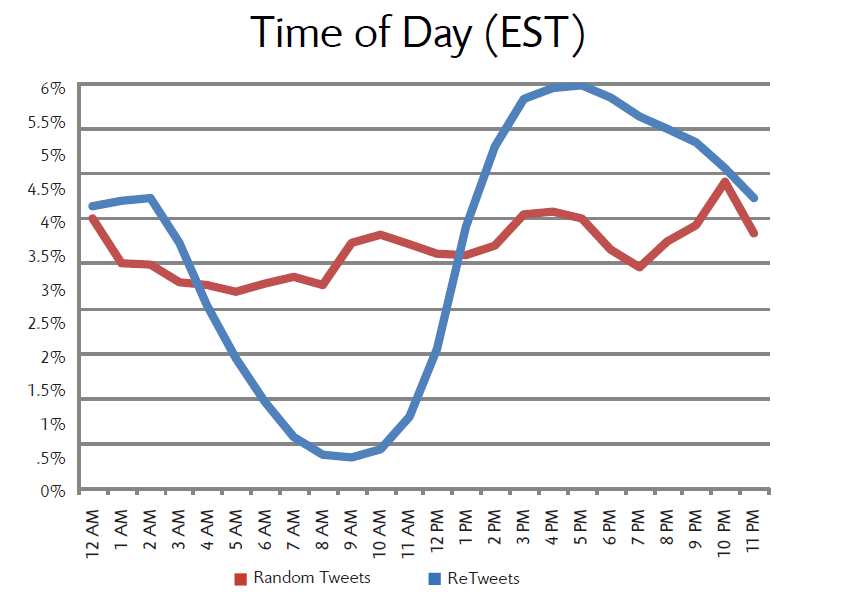
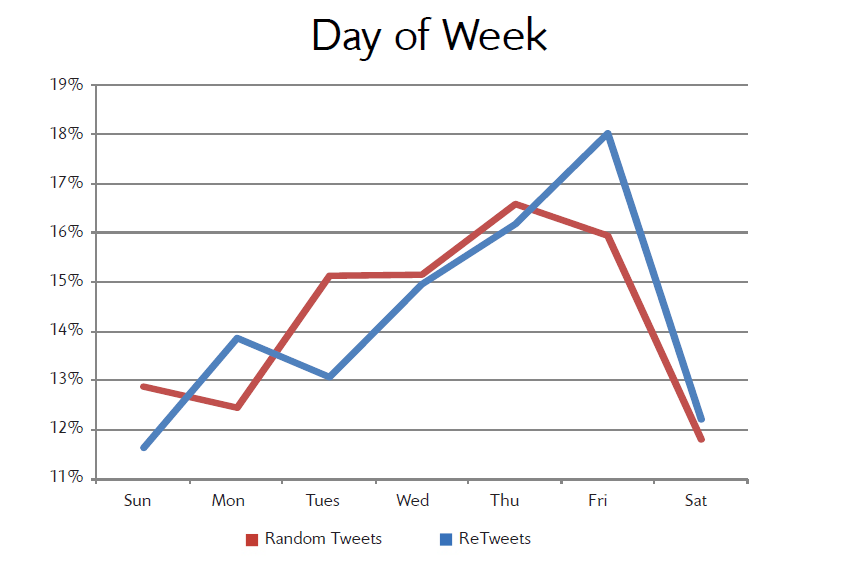
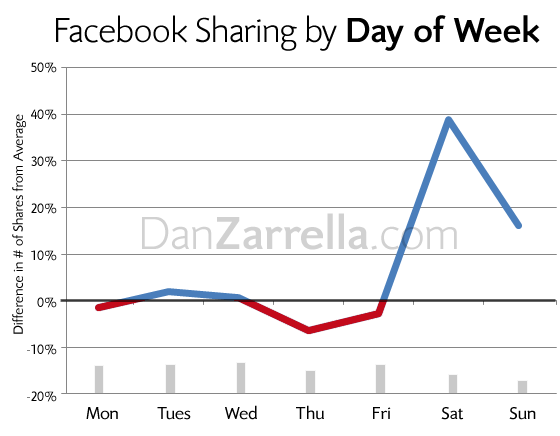
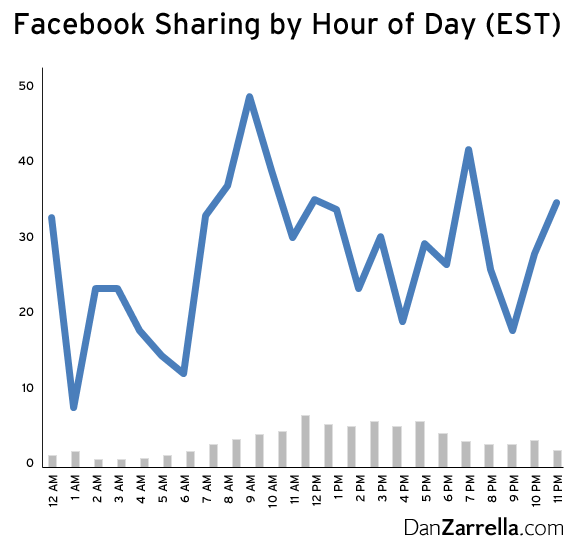
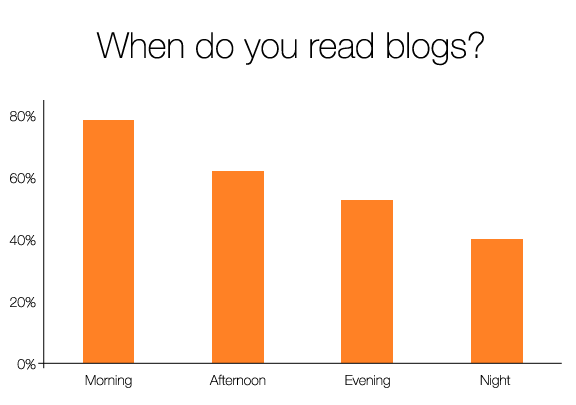
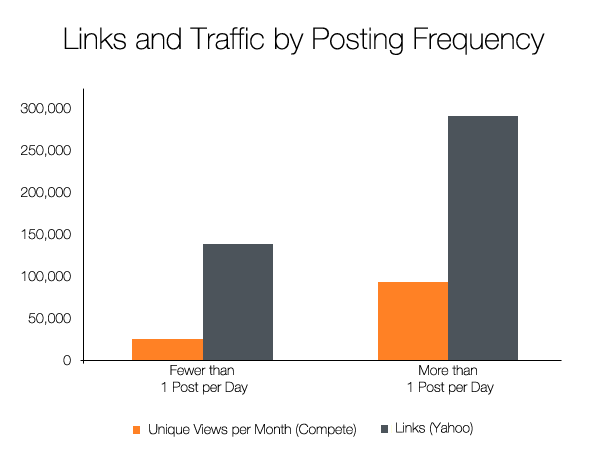









 When it comes to user experience, designers and developers must do much more than present their users with a “pretty face†web page.
When it comes to user experience, designers and developers must do much more than present their users with a “pretty face†web page.














